Does Your System Really Matter?
- Zac Ludwig, CEO
- Sep 21, 2015
- 5 min read

How many times have you debated with someone else about the best formation to play? Or a manager’s formation of choice in a particular match? Have you ever spent hours trying to think about the best system to play with your team? Stop wasting your time. Systems hardly make any difference when it comes down to the match. In the end, it doesn’t matter where you draw people on a white board or where your players line up at the kickoff. This isn’t foosball – players can move around the pitch. And ultimately, it is how, when, and where players move in the run of play that makes an impact on the match. Say you are playing a 4-3-3 (see figure 1). People like to say that a weakness of this system is that there are gaps along the outside. Nonsense. If this were true, if the right back had the ball, he would have a couple options in the middle, a couple to his left, then nothing but a long ball forward to one of the three forwards. But is this true?
In reality, if the right back has the ball, one of a couple things will most likely happen: A. The right back will dribble forward into the space (see figure 1a) – can you still call this a 4-3-3? Where is the gap on the right side? B. The right winger will check to the ball (see figure 1b) – Now there aren’t three forwards! Blasphemy! Based on which of those happens, the rest of the players will move accordingly (see figure 1ai and 1bi, respectively).
Now, compare this to a 4-4-2 (figure 2). Same situation: right back has the ball. Option A (dribbles forward) is presented in figure 2a, along with the rest of the team adjusting accordingly. Option B (right-sided player in front of the back checks to the ball) is presented in figure 2b, also including the rest of the team’s movement.
Do the two systems look much different when adjusted based on the situation? Of course not. Because the system doesn’t matter. It is all about the principles of play and the style a team plays.
Principles of Play We will continue with our example. In this case, we are using attacking principles: width, improvisation, mobility, penetration, and support. To make it even more basic: when a player has the ball, he needs an option in front, behind, and on either side – ideally more than one, at varying distances and angles. Understanding these principles, the players in our example (4-3-3) have adjusted accordingly. Our right back has the ball, so he needs options. If he has space in front of him, he should take it (penetration). Therefore, the right winger will stay high and allow the back to get forward (figure 1ai). If the right back does not have space, he needs passing options (figure 1bi). Therefore, the right winger checks to the ball to provide a short option. Meanwhile, the striker (or center forward) slides right to provide a longer option, the left winger slides over to support the other forwards if they get it (and provide an additional long option for our back), two midfielders provide central options while the third provides support and a switch opportunity for them, and the backs provide a supporting option to switch at the back. Recognize the similar pattern executed in the 4-2-2 (figure 2b). As you can see, the principles remain the same, regardless of the formation. And if our players understand them, they will move where they need to go to execute these principles effectively. Style of Play The primary factor that would change the above is the style of play. In my example, we had one team play a 4-3-3, while another played a 4-4-2, but they were playing the same style, which is why they looked almost identical in the same scenario. As coaches, we can dictate the style we want our teams to play, which will determine how our players make decisions and utilize the principles of play. However, if we teach our players to use their brains, they will make a variety of different decisions and runs, as unpredictability and improvisation are crucial to success - especially when the opposition prevents us from executing our preferred choices. Style is the number one difference maker in determining our team’s success in a match. Are we going to play direct and get the ball up the field as soon as possible? Or are we going to make short passes and gradually get up the field? Are we going to play it through the middle, or down the flanks? Do we want to create crossing opportunities, or shots from the center of the park? You can have two teams playing against each other, both in a 4-2-3-1, yet playing completely different types of soccer. Team A can choose to skip their center midfielders and have their backs (and goalkeeper) knock it straight to the attackers every time. And if the opposition wins it, the midfielders clean it up and knock it straight forward again. Meanwhile, team B likes to possess and play short, so their backs play on the ground to the midfielders who take their time to find the best penetrating ball through or around the defense. See what the difference might look like in figures 3 and 4.
So, my advice to you: don’t get hung up on your system of play. Decide what style you want to play, and start teaching your team to play that way. If they understand the style, and they understand the principles of play, it will not matter which formation you put them in. Some considerations when determining your style: - What technical qualities does your team have? At the youth level, perhaps you can improve/change that to fit the style you want to play (highly recommended). - What physical qualities does your team have? At the youth level, this is not as important – it will change a million times before they are 18. - Do you want to get forward as soon as possible? - Do you want to control the ball and possession of it? - How many players do you want to get forward in the attack? - How many players do you want behind the ball in defense? - Do you want to stay compact or spread out? - Do you want to shoot from distance or from inside the 18? - Do you want to cross? - Do you want your outside backs to get forward? How much? - How many players do you want in the box when a cross comes in? Which ones? - Who is responsible to prevent counter attacks? - Are your players’ roles strict, or can they experiment and explore the field? - Do you want to high press and win the ball in the attacking half, or sit back in your own half? Share your thoughts! How do you determine your style of play? What considerations do you take? Do you see a major difference when (your) teams play different formations but play the same/similar style?
For more, read a follow-up piece on how systems affect style of play.

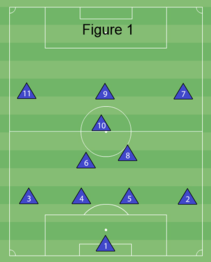



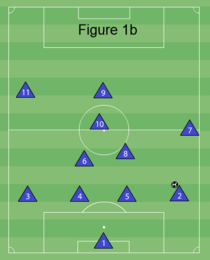

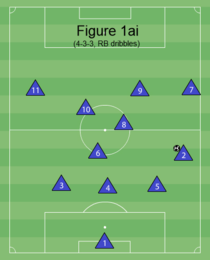

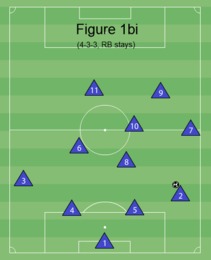

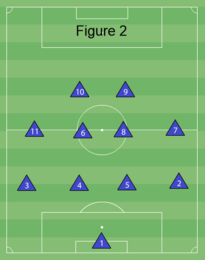

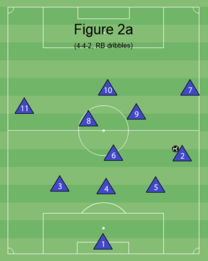

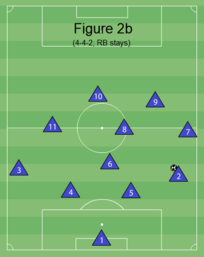

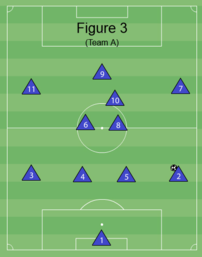

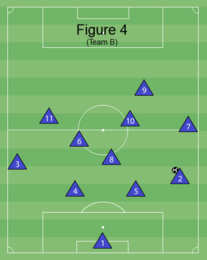
Betting exists in many forms, including lotteries, sports wagering, poker, and slot machines. A popular option in Europe is the casino österreich, offering digital slots and traditional table games. Online gambling has also expanded significantly, giving players more ways to enjoy the thrill and possibly win big.